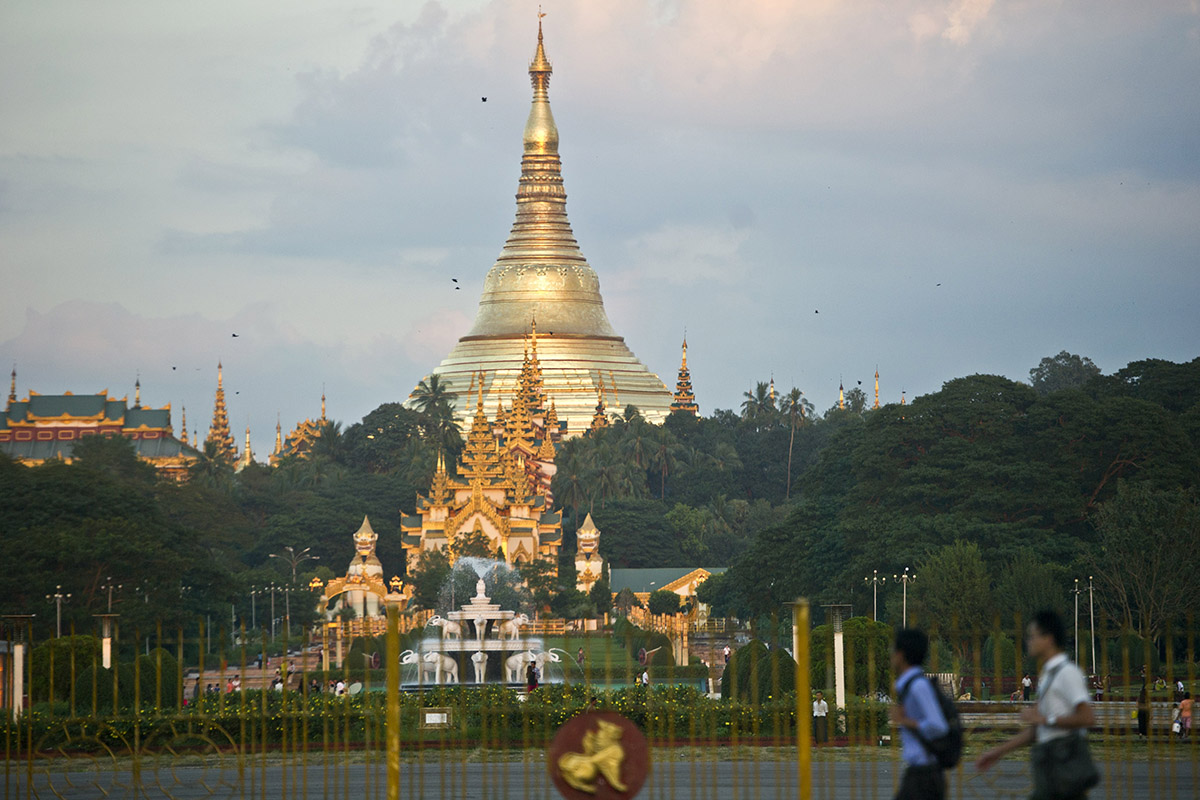Only a few years ago Beyonce and Jay-Z were posing for photos among Myanmar's famed temples, heralding the former junta-run country's rise as one of the hottest new tourist destinations on the map.
But that dream is cracking as images of burnt villages and Muslim Rohingya fleeing army-led violence in western Rakhine shock the globe, sparking outrage over a staggering scale of human suffering that has festered along the border.
Ever since the bloodshed broke out in late August, tourism operators have witnessed a cascade of cancellations, rippling fear through a nascent industry that was gearing up for its high season in October.
"Almost all the trips scheduled for October and November have been cancelled due to instability in the country, because of the situation in Rakhine state," said Tun Tun Naing from New Fantastic Asia Travels and Tour, an agency that leads trips to the pristine beaches and mist-shrouded lakes that dot the lush country.
"Most groups in Japan, Australia and other Asian countries cited security reasons and some Europeans have clearly said they boycotted because of the humanitarian situation," he told AFP.
In Yangon, a bustling city known for its crumbling colonial architecture, some foreign tourists could still be seen circling the gilded Shwedagon Pagoda that looms over the former capital.
But they admitted that the ongoing crisis is an awkward backdrop for their holiday.
"It's very sad to see what the country is becoming, our guide told us that Muslims were dangerous and that they were not Burmese," said French tourist Christine, who declined to give her surname, of a crisis that has spiked religious tensions in the Buddhist majority country.
Some distinguished guests are also keeping their distance, with Prince Charles, heir to the British throne, and his wife Camilla deciding to skip a stop in the former colony during an autumn tour of Asia.
One step forward, two back?
There are fears the refugee crisis could throw Myanmar's fledgling tourism sector back to the dark days under military rule, when many travellers passed over the pariah state to avoid lining the pockets of generals who brutally suppressed human rights.
All that had started to change after the army initiated a transition to partial democracy in 2011.
The move saw Western sanctions lifted as foreign tourists flocked to landscapes unspoiled by the crowds and travel infrastructure that has mushroomed elsewhere in the region.
The first half of 2017 kicked off well with a 22 percent increase in visitors compared to the previous year, according to figures from the Ministry of Tourism, which hopes to double the number of annual arrivals to 7.5 million by 2020.
But at the end of August, western Rakhine state was in flames.
Raids by mobs of poorly-armed Rohingya militants prompted a military backlash so brutal the UN says it likely amounts to ethnic cleansing of the Muslim minority.
More than half a million Rohingya have fled to neighbouring Bangladesh in two months, carrying testimony of killings, rape and arson at the hands of soldiers and Buddhist mobs.
Their chilling stories, alongside photos of gaunt and weary refugees cramming into Bangladesh's ramshackle refugee camps, have seized headlines around the globe and cast a pall over the young democracy's rise.
A few hours south of the conflict zone in Rakhine state lies Mrauk-U, an ancient capital and hallowed archaeological site.
Two months into the crisis, locals say the site is empty of the tourists normally buzzing around its ruins.
"All people who live on tourism are out of work now," guide Aung Soe Myint told AFP. – AFP
Recommended stories:
